
You are doing it all wrong. Here's the right way to store shoes
Shoes are more than just a functional part of our wardrobe; they are a fashion statement, an investment, and sometimes even a prized collection. Yet, despite their importance, many people neglect proper care and storage, leading to premature wear, deformation, and damage. In this article, we will explore common mistakes people make when storing shoes and provide detailed guidance on how to maintain your footwear in excellent condition.
Whether you own a few carefully chosen pairs or a vast collection, understanding the right way to store shoes can significantly extend their lifespan and maintain their appearance. Proper storage not only protects shoes from dust, moisture, and sunlight but also helps you organize them efficiently, making it easier to find the perfect pair for any occasion. Additionally, well-maintained shoes can save you money in the long run by reducing the need for frequent replacements. Let’s dive into the essential tips for storing your shoes effectively.
1. Choose the Right Storage Location
The place where you store your shoes can greatly influence their durability. Ideally, shoes should be kept in a cool, dry environment away from direct sunlight and heat sources. Avoid attics, basements, or garages where temperature and humidity fluctuate drastically, as these conditions accelerate wear and can lead to mold growth. Instead, select a closet or a dedicated storage area in your home with a stable climate.
When choosing a location, also consider the available space. Smaller closets may require creative solutions, such as over-the-door racks, stackable boxes, or under-bed storage. Larger areas may accommodate a dedicated shoe cabinet or adjustable shelving. Maintaining a humidity level around 50% is ideal, as it prevents leather cracking and reduces the risk of mold or mildew.
2. Use Ventilated Plastic Boxes
Ventilated plastic boxes are an excellent storage option. They protect shoes from dust while allowing airflow to prevent moisture accumulation. Choose boxes with small vents or perforations, preferably made of sturdy, clear plastic so you can identify the contents at a glance without opening them.
Select boxes slightly larger than your shoes to allow air circulation. This is especially important for leather and suede shoes, which need to “breathe” to retain their shape and quality. For added convenience, you can label each box with the shoe type, color, or occasion.
3. Prioritize Seasonal Rotation
Organizing shoes by season is a simple but effective way to reduce wear and keep your collection accessible. Store off-season shoes in the back of your closet or in less frequently used spaces, keeping the current season’s footwear within easy reach.
Consider using large storage bins labeled by season or shoe type. This approach not only saves space but also protects off-season shoes from dust and accidental damage. Seasonal rotation also encourages even wear across your collection, preventing certain pairs from deteriorating faster than others.
4. Clean Shoes Before Storing
Cleaning shoes before storage is crucial. Dirt, oil, and moisture left on shoes can lead to permanent damage. Use a damp cloth or mild cleaner suitable for the shoe material. Leather and suede often require specialized cleaning products. Always allow shoes to dry completely before storing to prevent mold and mildew growth.
For leather shoes, apply a conditioner after cleaning to keep the material soft and supple. Remove insoles and laces from sneakers, washing them separately if needed. Even simple steps like brushing off dust or wiping down shoes can significantly extend their lifespan.
5. Utilize Inserts to Maintain Shape
Shoe inserts or trees are essential for maintaining the shape of leather or delicate shoes. They also help absorb moisture and odors, keeping your shoes fresh.
Cedar shoe trees are particularly effective due to their natural moisture-absorbing properties and subtle fragrance. For boots, inflatable inserts can be adjusted to fit the shoe’s dimensions, providing support without stretching or deforming the material. Using inserts consistently prevents creases, sagging, and structural damage over time.
6. Avoid Direct Sunlight and Heat
Sunlight and heat can cause shoe materials to fade, crack, or warp. Store shoes away from windows, radiators, or other heat sources to protect them.
If your storage area has windows, consider installing blinds or curtains, or using UV-protective films to block damaging rays. Keeping shoes in a temperature-stable environment is one of the simplest ways to maintain their longevity.
7. Opt for Vertical Storage Solutions
Maximize storage space with vertical solutions such as stackable shelves, hanging racks, or wall-mounted organizers. Vertical storage frees up floor space and makes it easier to access your entire collection.
For small living spaces, over-the-door organizers or adjustable wall racks are particularly practical. They allow shoes of varying heights—flats, heels, and boots—to each have their own dedicated spot, preventing crushing or deformation.
8. Label and Organize for Easy Access
Labels save time and frustration. Whether using clear boxes or opaque bins, labeling contents allows you to find your shoes quickly without rummaging through the entire collection.
Organize by type, color, or occasion. For example, dedicate one section for work shoes, another for casual shoes, and a separate area for formal or seasonal footwear. A well-organized system keeps your collection tidy and ensures you always have the right pair at hand.
9. Consider the Material of Your Shoes
Different materials have different storage requirements. Leather shoes do best in breathable cloth bags, while suede shoes need a cool, dry location to prevent moisture damage. Synthetic materials should be completely dry before storage to avoid mildew.
Understanding each material’s specific needs ensures you can tailor your storage method appropriately. For instance, waterproof shoes can tolerate slightly damp conditions, but fine leather shoes should never be exposed to moisture.
10. Integrate Humidity Control
Humidity is a silent enemy of shoes. Excess moisture can lead to mold, mildew, and accelerated material degradation. Combat this by using silica gel packets inside boxes or placing a small dehumidifier in your storage area.
Silica gel packets absorb moisture effectively in smaller storage spaces, while a dehumidifier maintains a consistent environment in larger closets. Monitoring humidity protects your collection and prevents costly damage over time.
11. Regularly Inspect and Refresh Your Collection
Even with proper storage, shoes require regular inspection and maintenance. Every few months, check for signs of wear, damage, or moisture buildup. Clean, condition, and rotate shoes as needed to ensure even wear across the collection.
Refreshing the storage area—dusting shelves, replacing worn labels, and checking inserts—keeps your space tidy and your shoes ready for use at a moment’s notice. A little regular attention can dramatically extend the life of your footwear.
Conclusion
Proper shoe storage is both an art and a science. By choosing the right location, using ventilated boxes, rotating seasonally, cleaning meticulously, maintaining shoe shapes, controlling humidity, and organizing thoughtfully, you can protect your investment and enjoy your footwear for years to come. Treat your shoes well—they carry you through life, step by step.
News in the same category


Why do we have to leave our phone face down on the table when we are not using it?
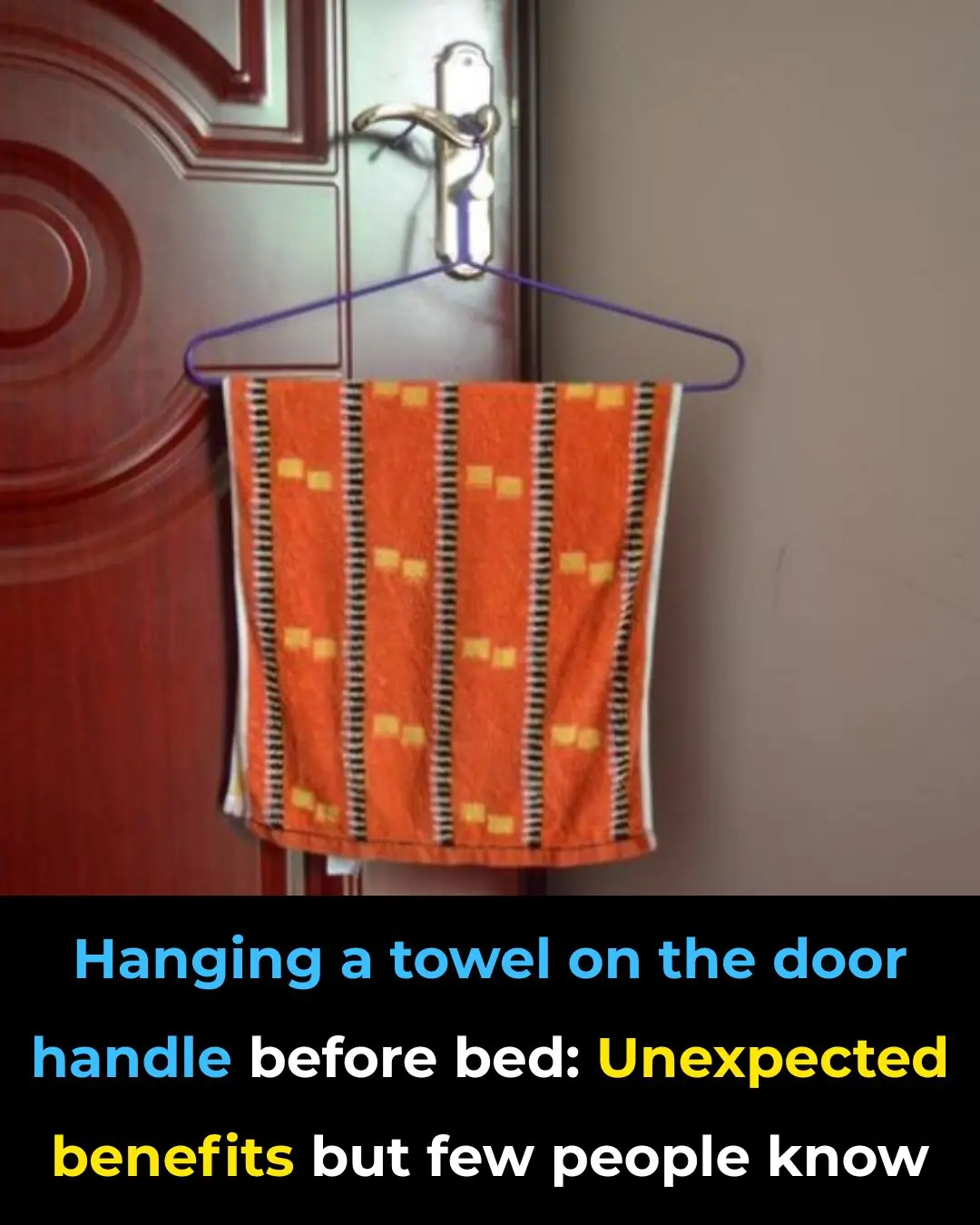
Hanging a towel on the door handle before bed: Unexpected benefits but few people know

Tips for conditioning your hair with over-cooked bamboo shoots

Treat premature gray hair thanks to the black dye formula

What Are These Strange Black Dots In Your Kitchen
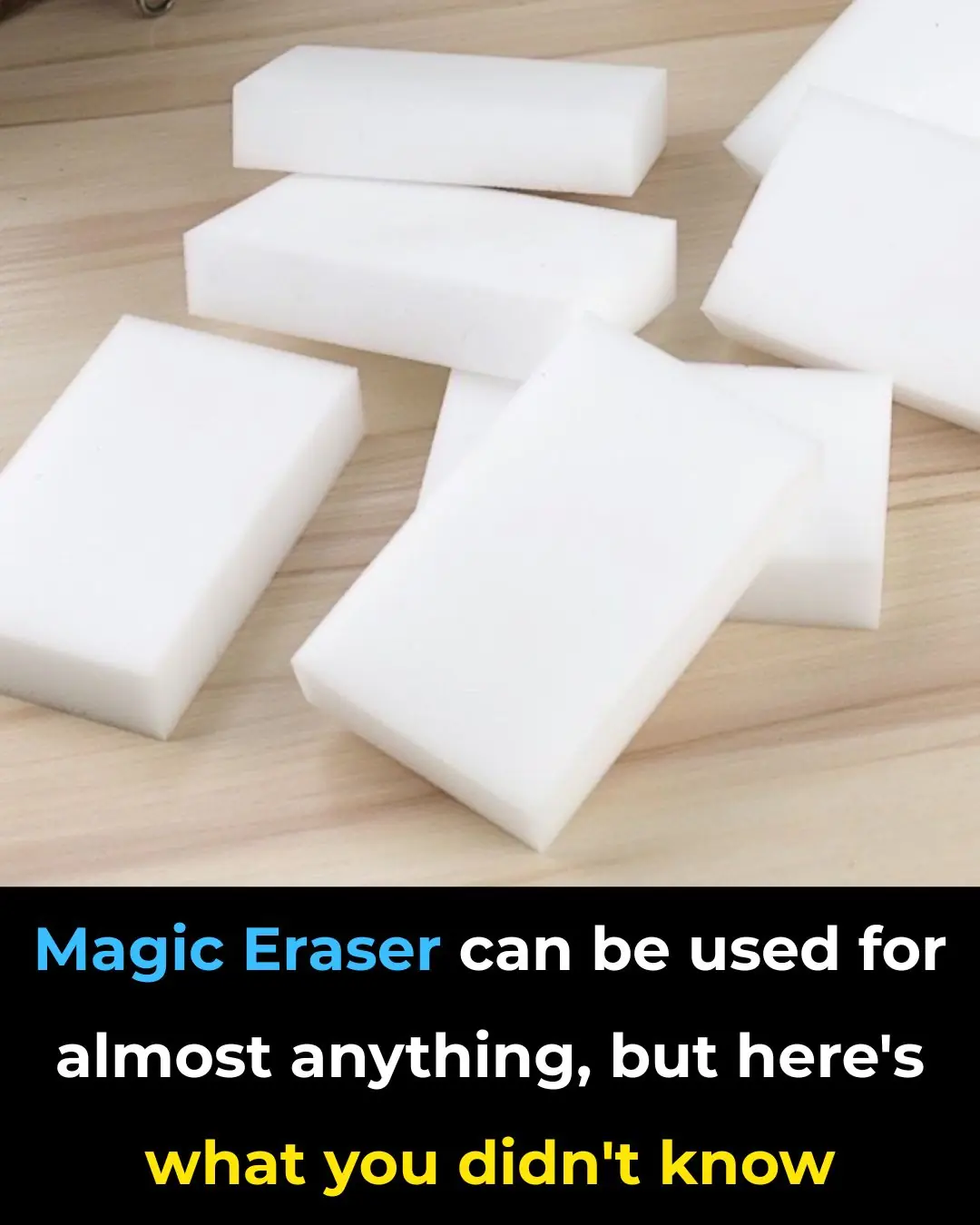
Magic Eraser can be used for almost anything, but here's what you didn't know

Wrong understanding turns water purifiers into diseases, remove them immediately to avoid harming the whole family

The house is full of dust even though it is cleaned regularly

Pour hot water over the apple
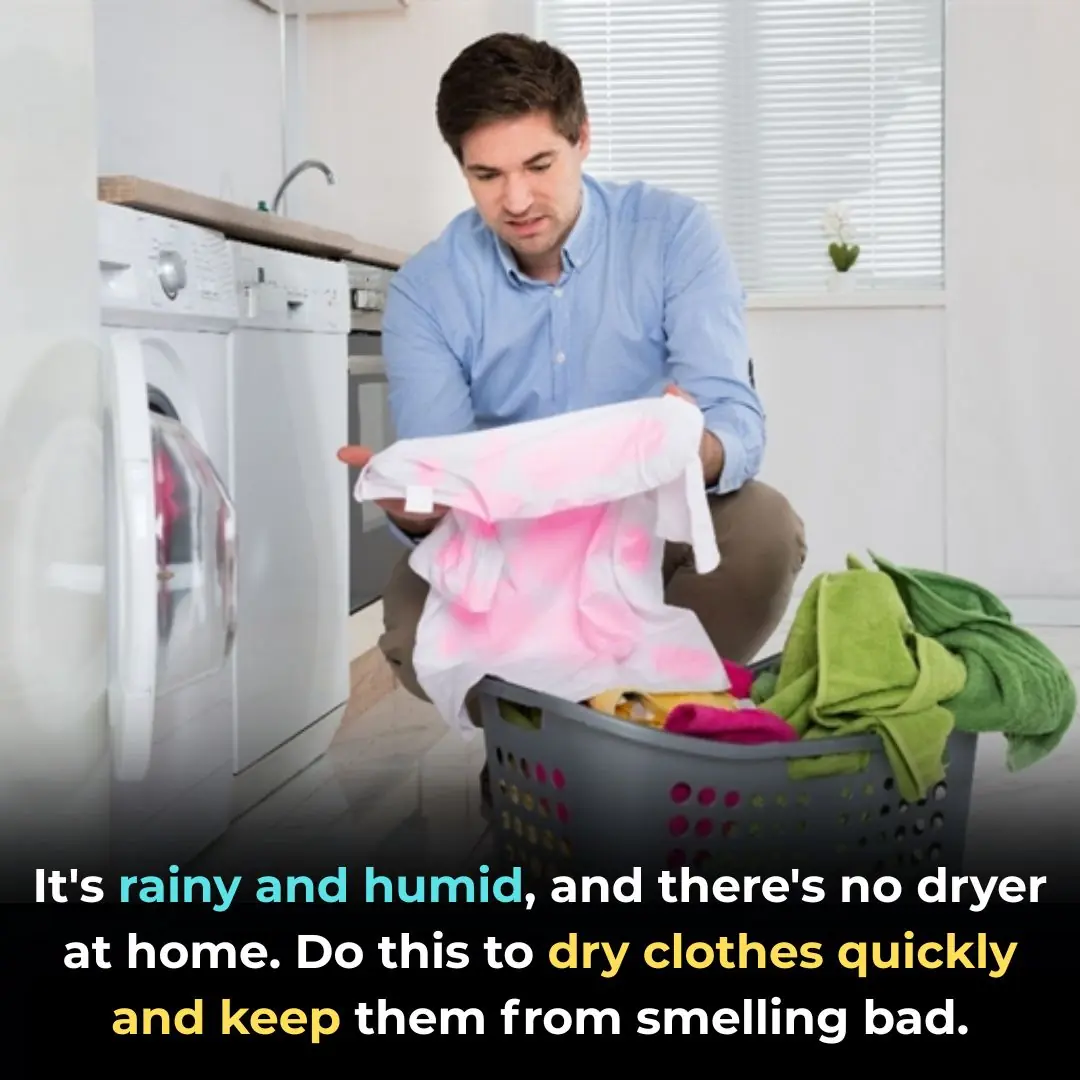
It's rainy and humid, and there's no dryer at home. Do this to dry clothes quickly and keep them from smelling bad.

Add this one thing to cooked rice to make it 10 times more delicious and the nutritional value also increases many times.

Boil pork that is both red and fishy: Drop this into the pot, the meat will cook evenly and release all dirt.

Tell mom how to make standard, crispy and irresistibly delicious banh xeo

Stop ruining leftovers with these 10 mistakes

You're doing it all wrong. Here’s the right way to store tomatoes
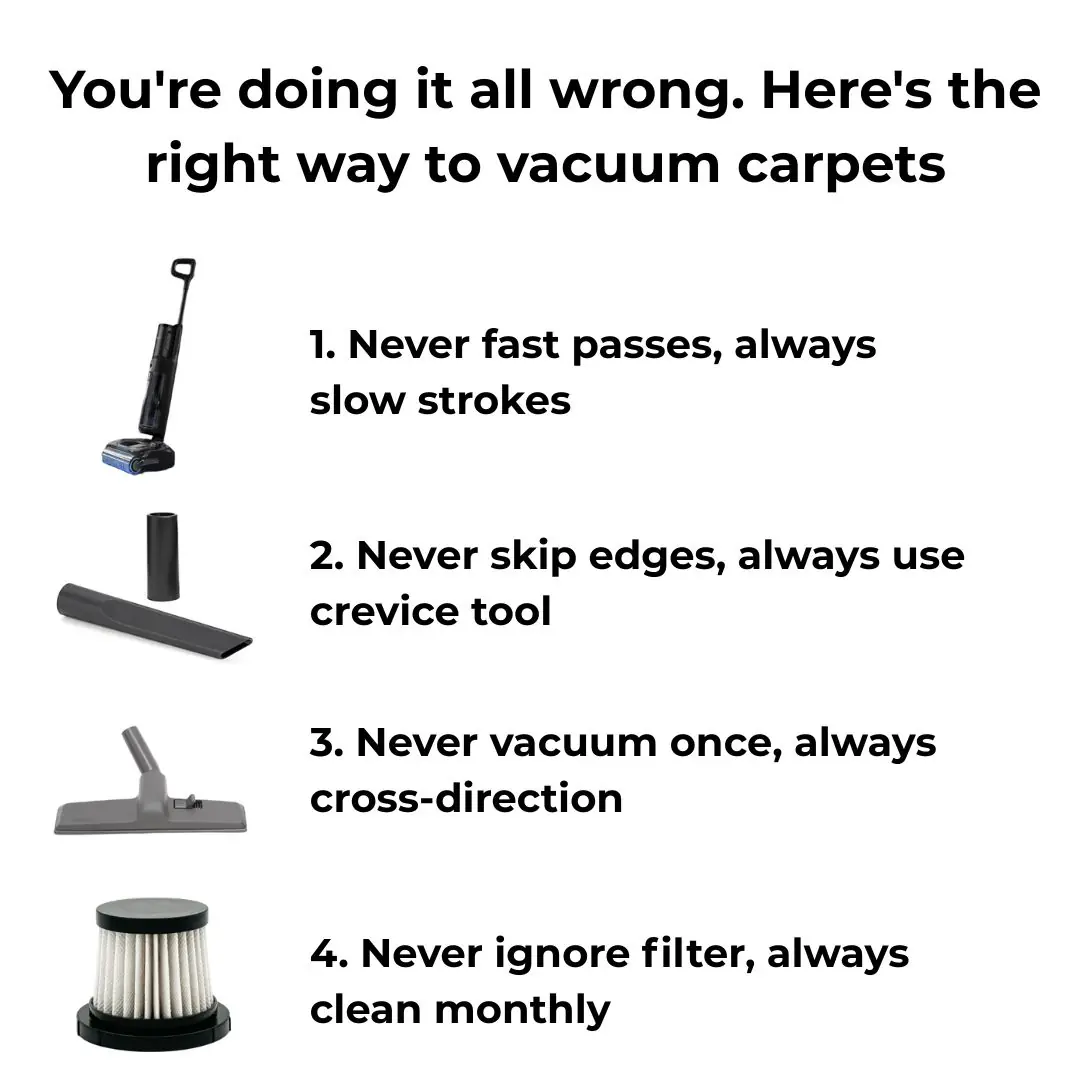
You’re doing it all wrong. Here’s the right way to vacuum carpets
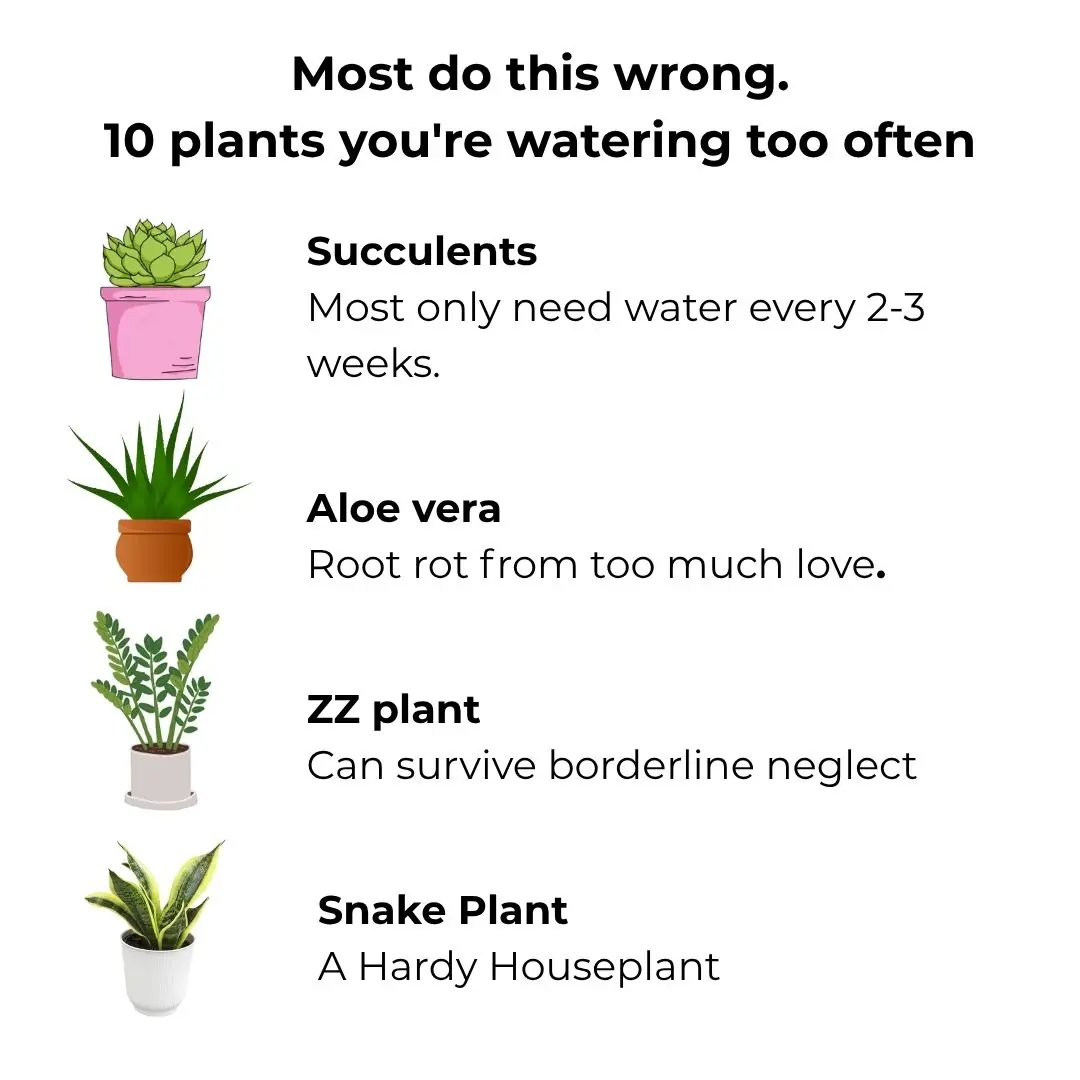
Most do this wrong. 10 plants you’re watering too often
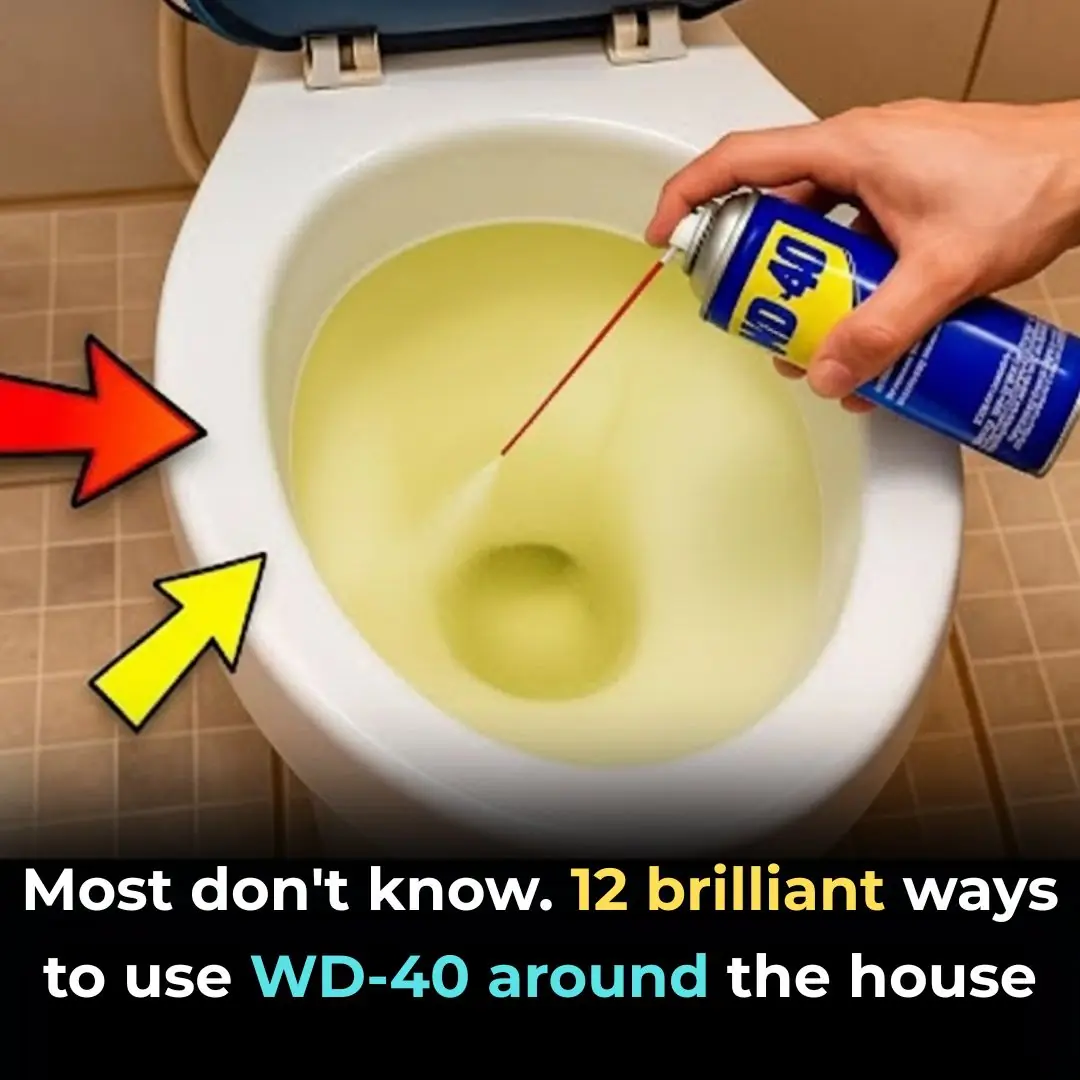
Most don’t know. 12 brilliant ways to use WD-40 around the house

When frying lolot leaf patties, remember to take an extra step so the patties turn out fragrant, bright green, and not darkened.
News Post

Can Onion Juice Gently Support Eye Health? A Natural Tip to Try

Bed Bugs Hate This! How Diatomaceous Earth and Cloves Can Wipe Them Out

These are the consequences of sleeping with the…

5 Common Foods That Often Contain Parasites — Many People Eat Them Daily

1 Vitamin Stops Calcium Buildup in Arteries and Heart

S:ida Acuta: Exploring the Healing Properties of this Herbal Remedy
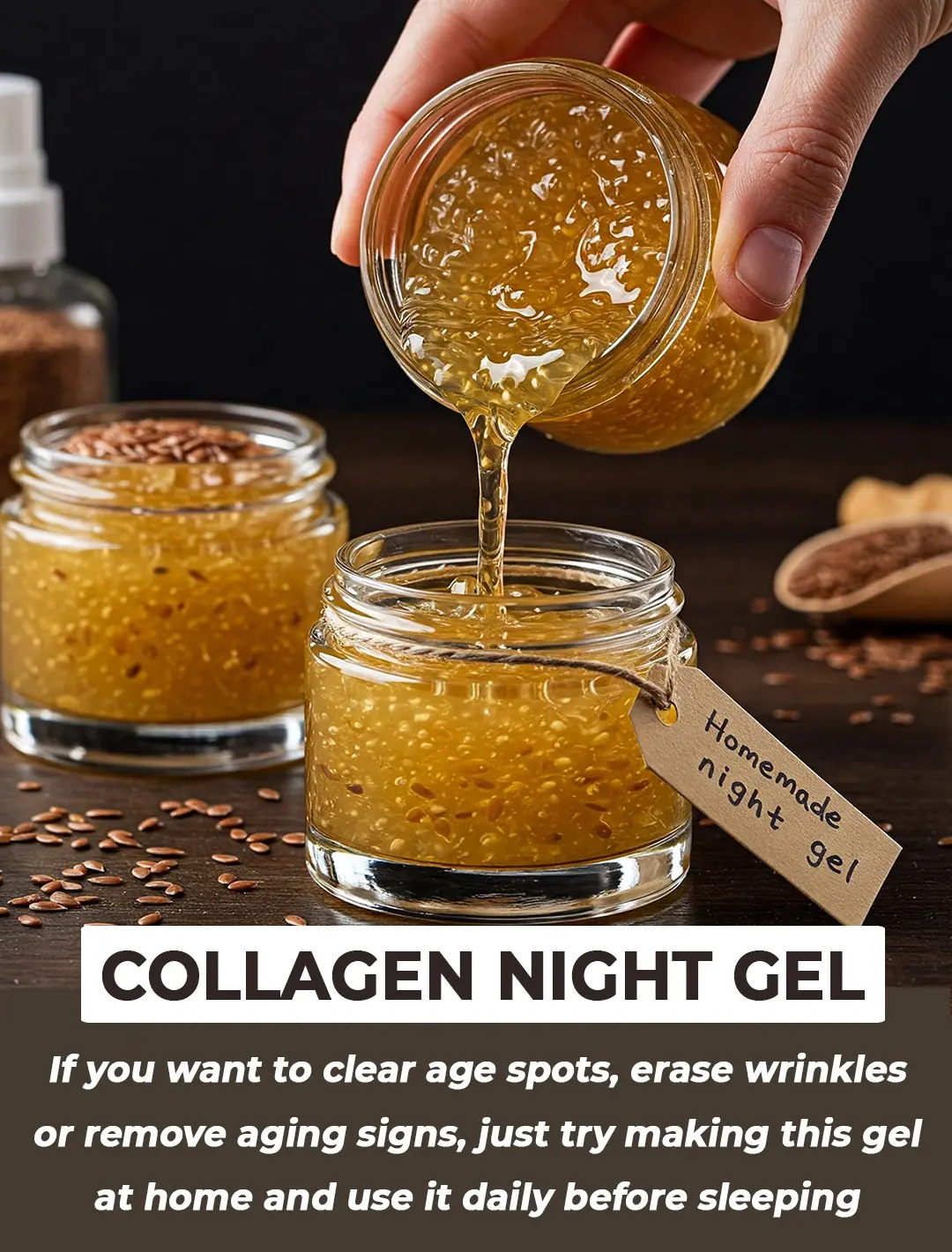
DIY Flaxseed Collagen Night Gel for Hydration and Rejuvenation
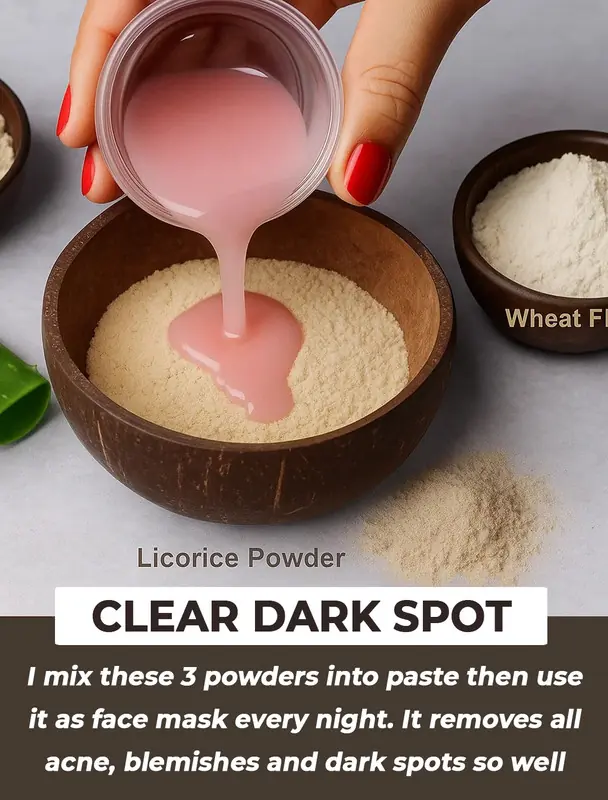
10-Day Licorice Treatment for Dark Spots: Fade Pigmentation and Achieve Glowing Skin Naturally

Easy Recipe to Make ABC Collagen Ice Cubes at Home: The Secret to Glowing, Firm Skin
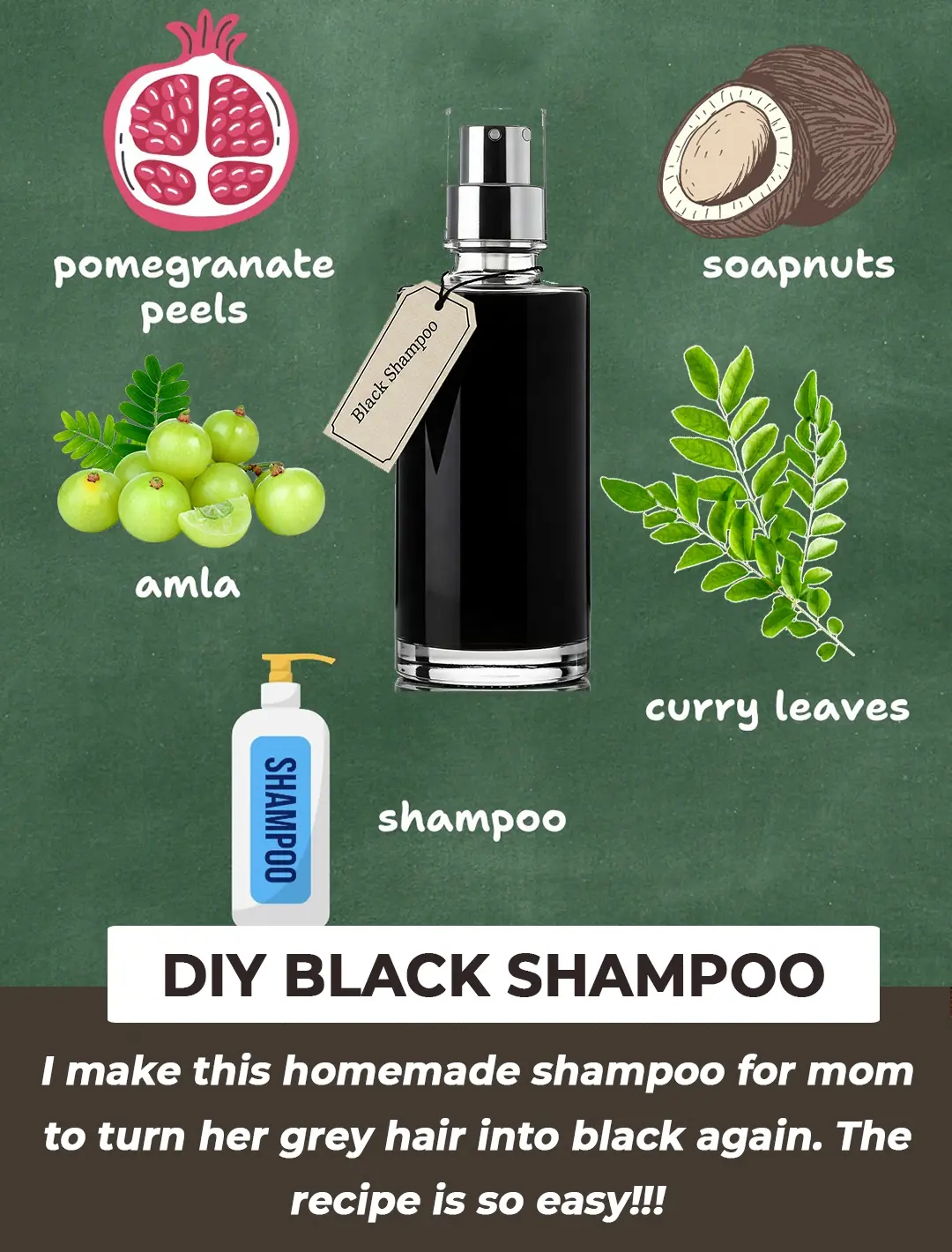
2 Mins Black Shampoo For Grey Hair

Why this doctor refuses to prescribe statins for high cholesterol

The 'divine' secret to frying

Why do we have to leave our phone face down on the table when we are not using it?

Hanging a towel on the door handle before bed: Unexpected benefits but few people know

Tips for conditioning your hair with over-cooked bamboo shoots

Treat premature gray hair thanks to the black dye formula

What Are These Strange Black Dots In Your Kitchen

Magic Eraser can be used for almost anything, but here's what you didn't know

Wrong understanding turns water purifiers into diseases, remove them immediately to avoid harming the whole family
